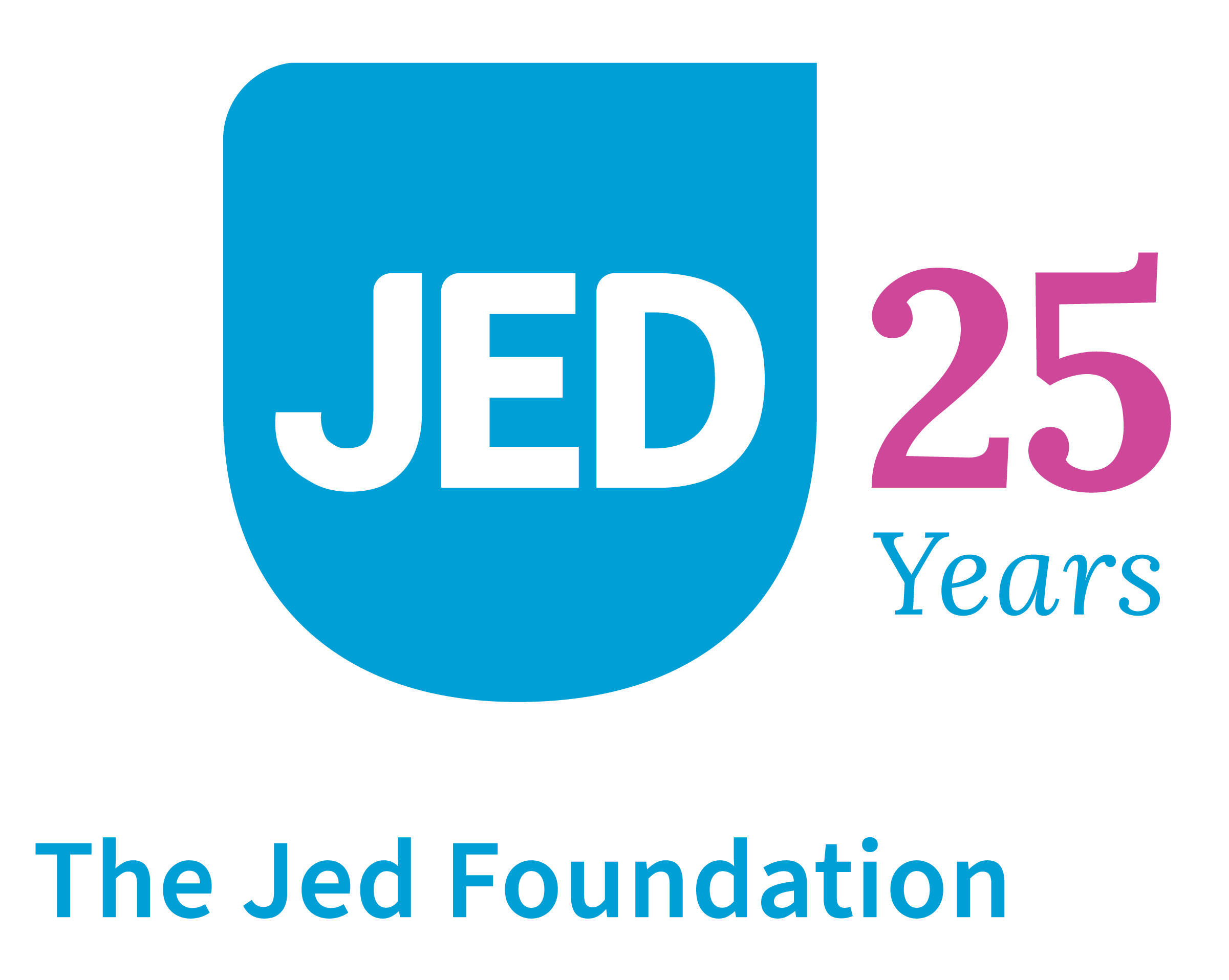Exploring Financial Aid & Loan Options for College

By Joanna Nesbit
College sticker prices tend to shock most families. These are the listed prices of tuition, mandatory fees, housing, and meals listed on a school’s website. Many students don’t pay sticker price, however, because they receive grants, scholarships, or both. In 2022, 26% of families’ college costs were covered by scholarships or grants, according to the How America Pays for College survey.
- Scholarships are merit-based awards given for different kinds of attributes, including grades, sports, music, other talents, or being from an underrepresented background. Sometimes they can be awarded for both a merit attribute and need.
- Grants are usually based on financial need.
How do you find this free money? It can come from many places, including federal aid, state aid, and the colleges themselves. It also depends on where you apply. Not all colleges give the same kinds of aid to all students. It takes detective work to find financial-fit colleges, but it’s possible.
Here are six sources of free money or discounted tuition to explore.
Federal Financial Aid
The most common federal source of financial aid is Pell Grants for undergraduate students whose household income is below a certain threshold. Three other federal grants are available to specific groups. Federal aid is limited, so research other sources for additional aid (see below).
State Financial Aid
Most states’ education agencies offer several kinds of need-based grants and merit scholarships to students who stay in state for college. Even if you don’t qualify for a Pell Grant, you may qualify for a state grant or scholarship.
Texas, for example, has several grants targeted at community college, technical college, and four-year college students. Florida offers the Bright Futures Scholarship for undergraduate Floridians, the Florida Farmworker Student Scholarship, and several grants. Georgia offers the HOPE and Zell Miller scholarships. Use this resource to learn what your state offers.
Regional Compacts
Another state-level avenue to explore is the tuition agreement your state or region may have with a neighboring state. Each U.S. region has what’s called a “regional compact,” and some states partner with another state in their own smaller agreement. Colleges that participate in these compacts usually charge tuition at a lower rate than the full out-of-state rate.
In the West, the compact is called the Western Undergraduate Exchange, and it applies to 15 states. Not all colleges participate, and each one sets its own criteria, such as a specific GPA requirement. Researching participating colleges takes time, but you may discover the perfect school you didn’t know about.
These are the other main compacts:
- South: Academic Common Market
- Midwest: Midwest Student Exchange Program
- Northeast: New England Regional Student Program
- New Mexico/Colorado agreement
- Minnesota/Wisconsin/North Dakota/South Dakota agreement
Smaller agreements exist too. If you live in a border county, find out if the colleges across the state line have a tuition-reciprocity agreement—reduced tuition for students from a nearby region—with your county.
Institutional Grants and Scholarships
Most colleges also offer scholarships and grants. This institutional money can be the best funding for many students. The problem is that not all schools are equally generous, and some can be downright stingy. Plus, not all colleges are equally generous to all students. Here’s how to handle the detective hunt.
- Apply to the best colleges for you. Research colleges most likely to give a scholarship for your grades or standardized test scores. Use the colleges’ net price calculators to estimate costs and college-comparison tools like the Department of Education’s College Scorecard. You can also search the college name plus “common data set” (standardized information, including financial aid, about each college) to learn these statistics. The college with the best financial aid may be a college you’ve never heard of in another region, a nearby state school, or a school with automatic scholarships for students with certain GPAs.
- Check out private colleges too. Some private colleges offer generous grants or scholarships. Don’t assume you won’t qualify for aid before you try. Elite “meets need” colleges can be particularly generous. They tend to offer only need-based grants, no merit scholarships. The tough part is getting in, because they’re so popular.
Promise Programs
Promise programs are a type of scholarship designed to expand access to college. They may be part of a state program, community program, or specific high school program. Sometimes they’re designed to help a particular student group, such as foster youth, or the promise award must be used at a specific college. Check College Promise to see what your state offers.
Private Scholarships
Private scholarships are given out by private community organizations, foundations, parents’ employers, and regional chapters of organizations such as Kiwanis. National scholarships may be large, but also very competitive. Most regional and local scholarships tend to be small—in the $500 to $2,000 range—but they also have less competition, so they’re easier to win.
Follow these tips to find private scholarships:
- Search your high school’s online scholarship page to find local and regional scholarships. Ask your guidance counselor about area scholarships you’d be a good match for.
- Do an online search for scholarships for students from your demographic or for a special interest, such as scholarships for Black students, students interested in the environment, or first-generation students.
- Search scholarship sites, such as CareerOneStop’s scholarship finder, Scholarship America, and Scholarships.com.
- Ask your guidance counselor if your state has a scholarship database. Washington, for example, offers theWashBoard.org.
- Ask the college admissions office at schools you are interested in if they know of scholarships for students from your area.
Unfortunately, some colleges adjust your financial aid if you win outside scholarships, so ask your prospective colleges’ financial aid offices about their outside scholarship policy to avoid unhappy surprises.
Your Next Steps
To be eligible for the financial aid sources reviewed here, you need to fill out the Free Application for Federal Student Aid (FAFSA) your senior year. If your citizenship status bars filling out the FAFSA, check if your state offers an alternative state form. Some private schools also require filling out the CSS Profile, another financial aid form used by some colleges.
Talk to your high school guidance counselor about help your high school offers for college searches, and ask if your town has a community organization that helps students with the college-application process. Getting help makes the process less scary.







